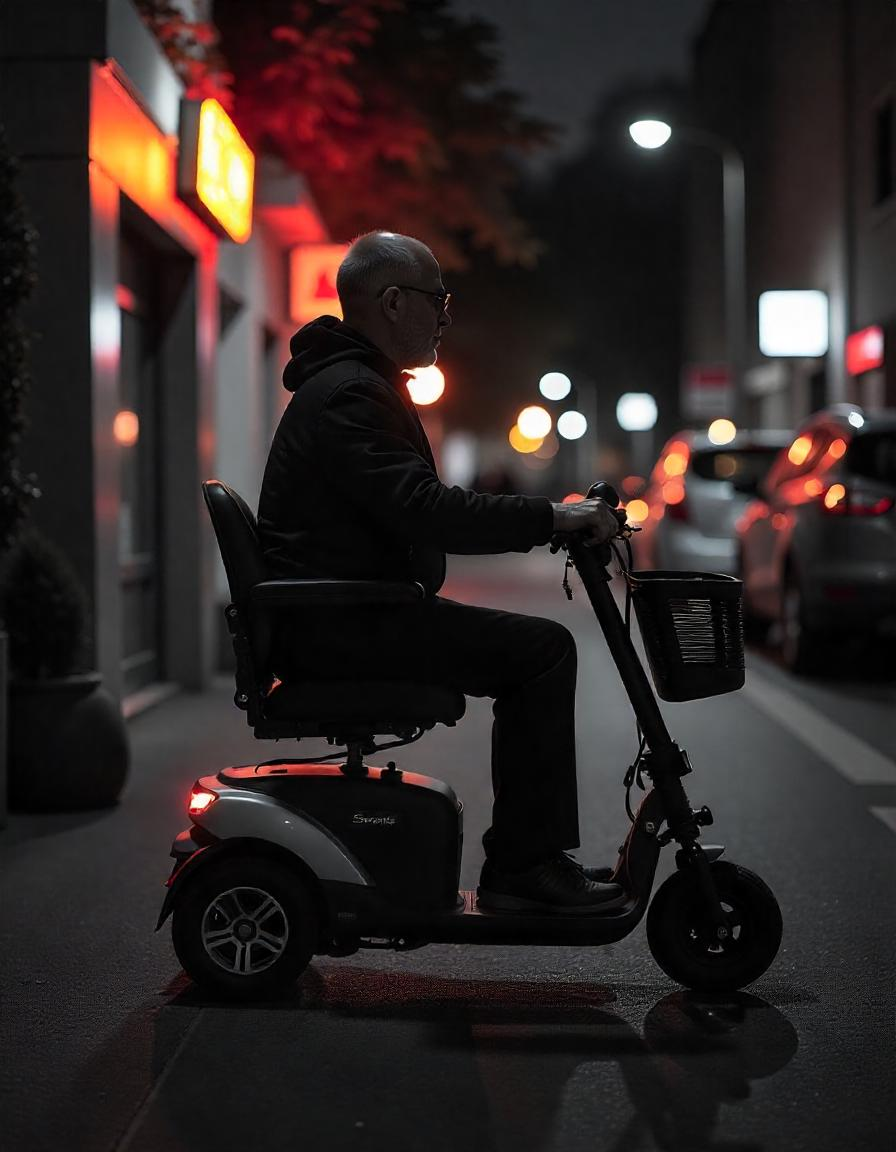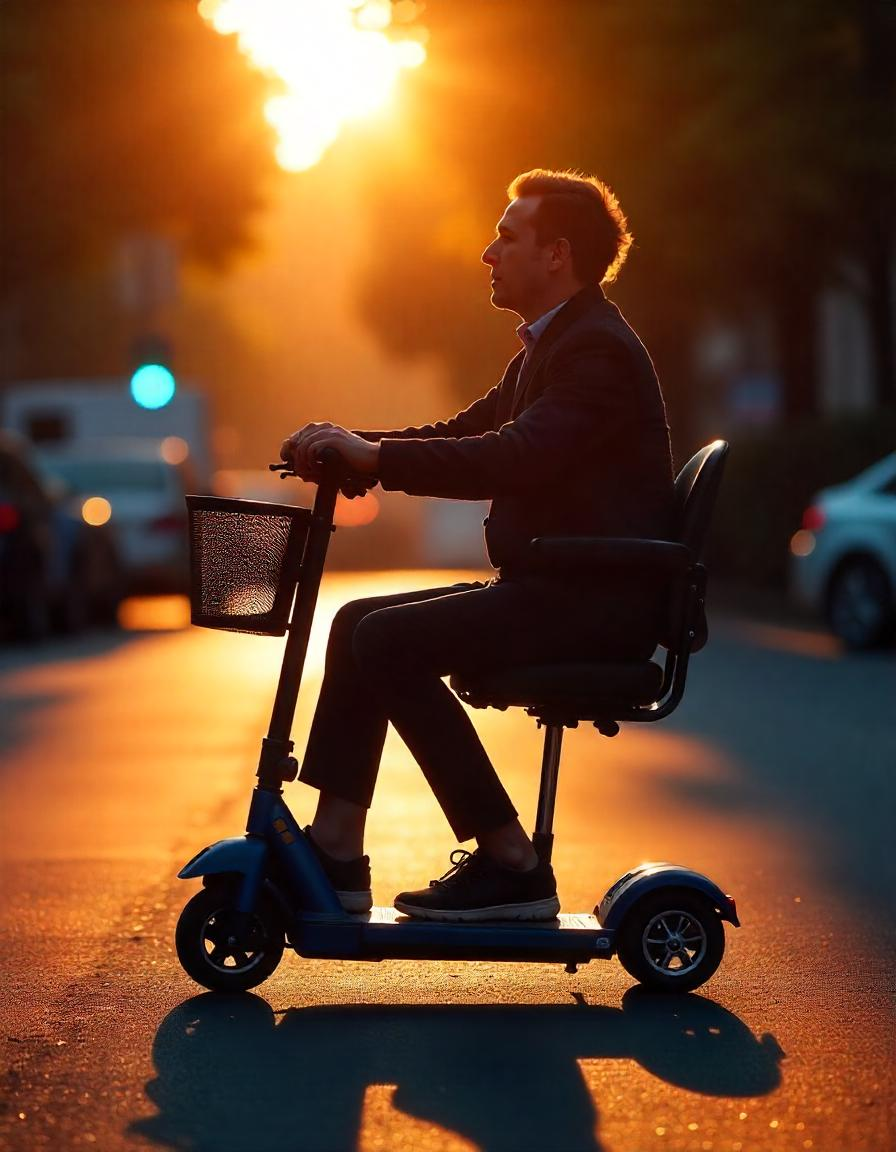Selecting the right mobility scooter can transform your daily life. Follow this clear, practical guide to make the best choice for your needs and lifestyle.
Step 1: Assess Your Daily Routine
- Indoor vs outdoor use (where will you use it most?)
- Typical distance requirements (short trips or longer outings?)
- Frequency of use (occasional or daily dependence?)
Step 2: Consider Your Physical Needs
- Weight capacity (include any items you’ll carry)
- Seat comfort (size, padding, back support)
- Ease of getting on/off
- Hand strength (for controls)
Step 3: Choose the Right Type
Portable/Folding Models
- Best for: Occasional users who travel
- Pros: Lightweight, fits in car trunks
- Ideal for: Shopping trips, vacations
3-Wheel Scooters
- Best for: Everyday pavement use
- Pros: Excellent maneuverability
- Cons: Less stable on slopes
4-Wheel Scooters
- Best for: Regular outdoor use
- Pros: Superior stability
- Great for: Neighborhood errands, parks
All-Terrain Models
- Best for: Uneven surfaces
- Features: Robust tires, suspension
- Perfect for: Country paths, gravel
Step 4: Key Features to Compare
- Battery life vs your daily needs
- Turning radius (especially important indoors)
- Ground clearance (for curbs and bumps)
- Storage options (baskets, compartments)
Step 5: Test Before You Buy
- Visit a local dealer for test rides
- Check comfort after 15+ minutes
- Try controls with your hand strength
- Practice turning in tight spaces
Step 6: Smart Shopping Tips
- Compare warranty coverage
- Check repair service availability
- Consider future needs, not just current ones
- Look for reputable brands with good reviews
Step 7: Budget Considerations
- New vs quality refurbished options
- Possible insurance/Medicare coverage
- Long-term maintenance costs
- Essential accessories (covers, lights)
Final Checklist
✓ Matches your daily activities
✓ Comfortable for extended use
✓ Fits where you need to store it
✓ Within budget including extras
✓ From a reliable supplier




